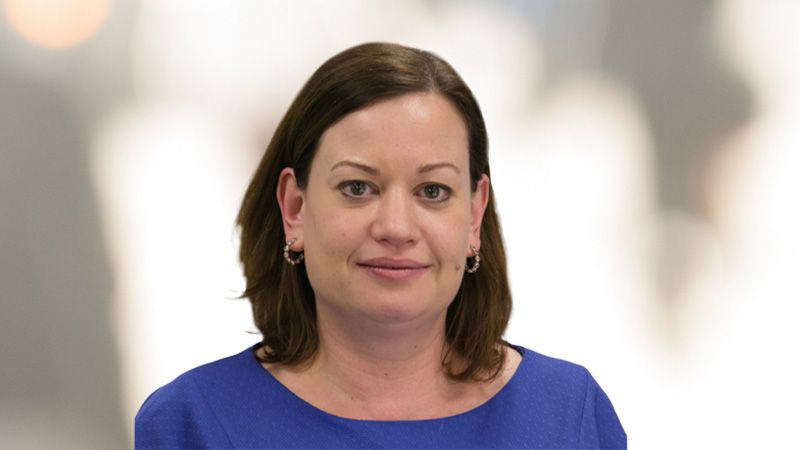In amongst the flurry of end of year activity there contained an interesting paper from the Financial Conduct Authority (FCA).
Released in November ahead of the Sustainability Disclosure Requirements (SDR), its multi-firm review into how authorised fund managers are embedding the guiding principles in ESG and sustainable investment funds contained useful pointers that firms would be sensible to swiftly take on board ahead of July’s SDR deadline.
Specifically, it highlighted that stewardship approaches generally do not meet expectations and it is difficult to identify what progress has actually been made as a result of some of this activity.
Now, this is perhaps not entirely surprising when it can feel as if every issue needs addressing, and you want your firm to have some credible stewardship activity behind it to back up the investment process.
Take biodiversity as an example. It is rightly getting more and more traction as an issue that needs tackling. But with the Taskforce on Nature-related Financial Disclosures now in place, along with the likes of NatureAction 100 and the PRI’s Spring initiative, the pressure is there to do more and more.
Indeed, it would look odd not to have a voice on these seismic challenges, especially given the criticality of the likes of climate change and habitat loss. These key issues ultimately require everyone to come together and put that collective will to its best use.
However, this approach can often lead to you spreading yourself thin and if sufficient time cannot be properly devoted to stewardship activities, then it can begin to come across as disingenuous and unauthentic.
So, what does a good stewardship programme look like?
The FCA has provided suggestions in this area linking engagement and voting activity. This may sound straightforward, but there is a lot of work that needs to go into it to reach that standard, and it starts with a healthy dose of realism. Firms need to understand that they cannot do everything by themselves and even what they can do is never going to be enough in isolation.
Some things will be more impactful with the voice of just a single firm, but for the big issues of the day, collaborative engagement with a number of peers can often be more effective. This has the potential to not only drive efficiencies but also foster a culture of new ideas to problems or challenges, some of which can be implemented on other stewardship activities.
Where you do wish to have a sole voice on an issue, there needs to be a realisation of where your strengths lie, what influence you have and what relevance it has to your customers and your product range. From there, a framework can be built.
This can lead to some more specialist areas of engagement. We ourselves recently completed the first stage of our engagement with investment trust holdings on board composition and effectiveness, and responsible investment disclosures. While to many this may appear a very technical issue, for us it was an opportunity to challenge the investments we hold and improve their practices, recognising that this in turn should have a positive impact on the share price.
When you are able to identify areas of influence, it is a hopefully really good opportunity to achieve change and subsequently track stewardship outcomes.
Which brings us to the final point, and that is patience. Many of the issues we are looking to improve are not overnight fixes. Companies and funds need to be given time to take on board suggestions, work out what improvements need to be made and then implement these.
Finally, in its multi-firm review, the FCA pointed out that fund managers need to ‘make efforts to measure and record the outcomes of their stewardship activity with investee companies and how this furthers the ESG and sustainability objectives of their fund range’.
Ultimately it all comes back to how does this benefit the end customer. As responsible investors, we are not a compliance function, and it is important that investors are educated on why this work is important and how it stands to benefit them.
Failing to demonstrate this is doing everyone a disservice and simply increases the greenwashing risk at a time when positive action is having effect.








